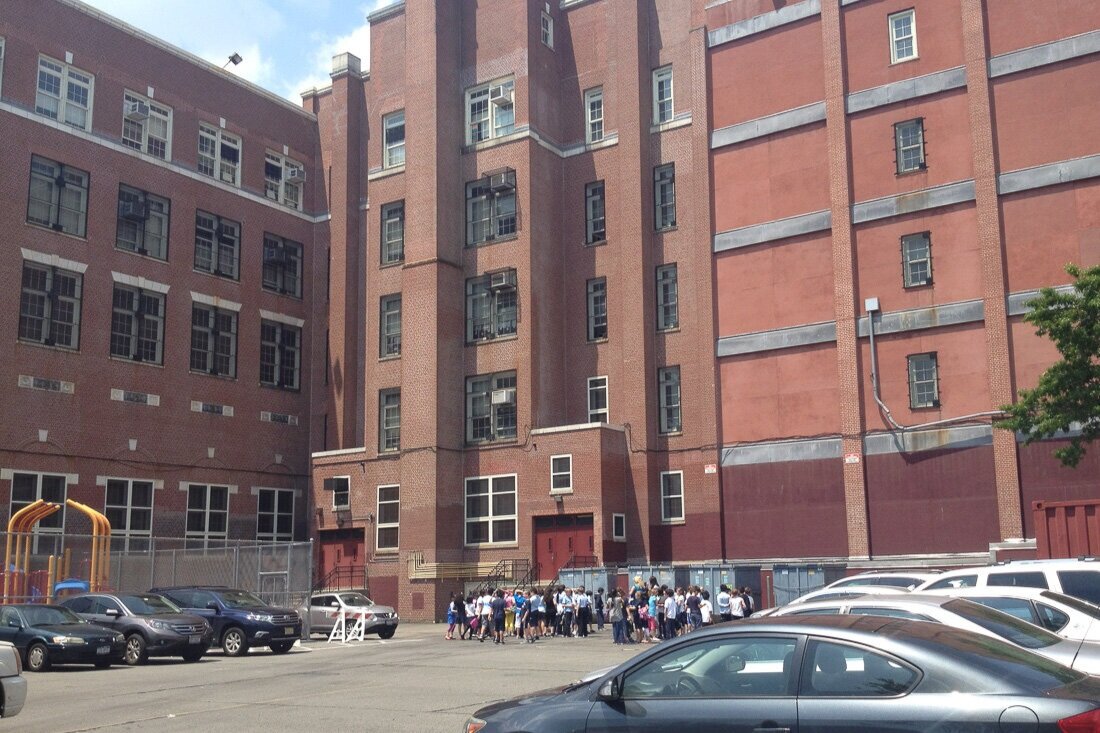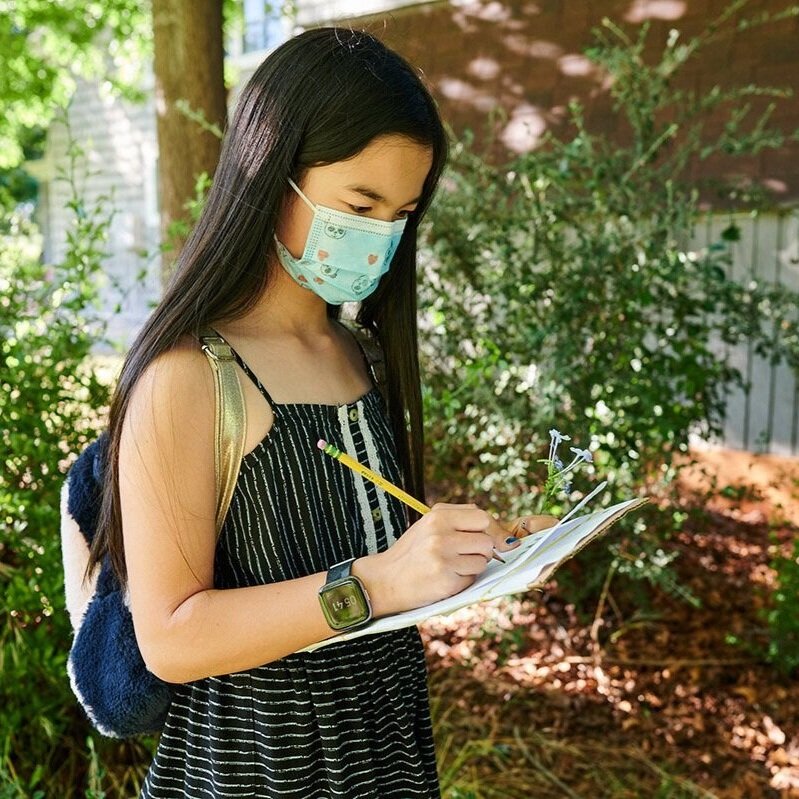Address Systemic Inequities
in School Infrastructure
Systemic inequities in our society are expressed in our schools in many ways. One of the most visible is the disparity in maintenance and long-term infrastructure investment that has turned some campuses into verdant nature-rich oases with playful designs while others have acres of cracked asphalt without any plantings or shade.
While decades of chronic underinvestment in public education infrastructure has caused widespread harm (overall) across the socio-economic spectrum, we know that substantial disparities in education investment also echo larger problems in our society that are tied to structural racism, disenfranchisement, and discrimination. Barren, paved, and deteriorated school grounds are a symptom of these widespread problems and deepen the health and learning inequities for children who attend school on stark campuses.
When nature is absent in the places children spend their time on a daily basis, they are denied the mental, physical, social-emotional, and learning benefits that children in greener (often wealthier) areas are afforded. Paved school grounds without any trees also have higher surface and air temperatures which contribute to urban heat island effects and leave children who attend school in those environments more vulnerable to the rising temperatures of our shifting climate.
The National COVID-19 Outdoor Learning Initiative believes that benefits of nature-rich school grounds and outdoor learning should be available to every child. We have placed this enormous problem of systemic inequity at the center of our thinking and address it throughout this website.
All children need to be able to return to in-person schooling, and will benefit from being outside surrounded by nature — but it is particularly important that schools with stark campuses and those that serve students whose communities have been hardest hit by the pandemic and by systemic inequalities, have the opportunity to build high quality, nature-rich outdoor spaces that are comfortable, welcoming, and restorative environments.
As your school or district moves forward with outdoor infrastructure investments, we recommend that you also consider outdoor clothing an essential component of outdoor learning “infrastructure” so that every child will be equally warm, dry, and comfortable regardless of their family’s income level.
Include All Students
Outdoors
ALL AGES
Elementary schools have been well represented as “early adopters” of outdoor learning, before and during the pandemic. For this reason, you will see many young children in our photographs on this website — but do not let this convince you that elementary students are the only ones who benefit from being outdoors. We believe learning outdoors is equally well-suited for all grade levels. We encourage middle and high schools to rescue their older students from the seclusion of online learning, and make space for them outside, too. They greatly need to see their classmates and their teachers in-person. Using outdoor learning to make this possible will help to stem the growing mental health crisis and loneliness of older students, and is beneficial for all students, across all grade levels.
ALL ABILITIES
The Americans with Disabilities Act (ADA) requires school buildings, school grounds, and other public spaces to be welcoming and accessible for everyone, regardless of their physical or mental abilities. Outdoor spaces created during and beyond the pandemic are required to comply with ADA. Click here for more information about designing outdoor spaces for school community members with special needs, and click here (coming soon!) for information about designing school grounds to minimize allergies.
ALL CULTURES
Infrastructure for outdoor classes and programs should reflect the school community and the cultural diversity of its members. It should be designed to be welcoming for all students, regardless of their background or previous level of comfort with the outdoors. We recommend that all schools and districts engage their school communities in the planning process to ensure that everyone feels equally comfortable with the outdoor spaces that are developed.
We hope the adoption of outdoor learning during the pandemic may also plant seeds for a future where school grounds support the health and well-being of all students and the planet.
CREDITS
This article was written by Sharon Danks, MLA-MCP, Green Schoolyards America. Contributors include: Lauren McKenna, MLA, Green Schoolyards America; Rachel Pringle, MA, Green Schoolyards America, and Nancy Striniste, MLD, EarlySpace, LLC.
National COVID-19 Outdoor Learning Initiative
The National COVID-19 Outdoor Learning Initiative supports schools and districts around the country in their efforts to reopen safely and equitably using outdoor spaces as strategic, cost-effective solutions to increase physical distancing capacity onsite and provide access to abundant fresh air. The Initiative seeks to equitably improve learning, mental and physical health, and happiness for children and adults using an affordable, time-tested outdoor approach to keeping schools open during a pandemic.











